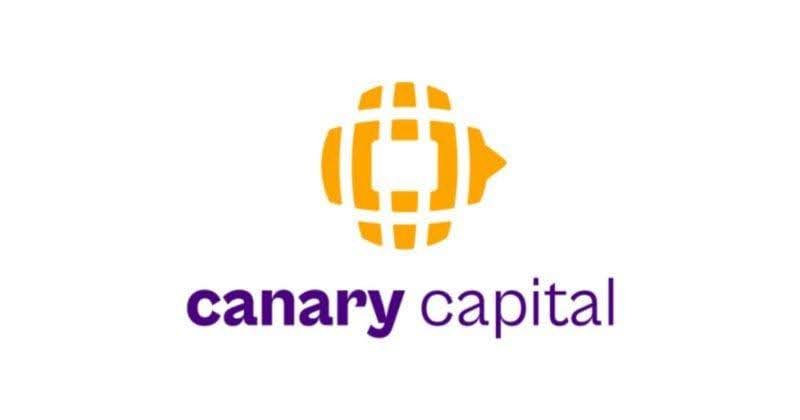MoneyGram taps Crossmint to deliver stablecoin transfers abroad
MoneyGram has embedded Crossmint’s wallet infrastructure directly into its payment system. The integration enables instant conversion and settlement of remittances into USDC for recipients in Colombia, using Crossmint’s APIs.
- MoneyGram has integrated Crossmint’s wallet infrastructure to enable instant USDC remittances in Colombia.
- Recipients can hold funds in USDC, cash out to pesos at 6,000+ locations, or spend globally via upcoming card integrations.
- Crossmint’s end-to-end platform provides compliance, scalability, and security, streamlining MoneyGram’s stablecoin rollout.
According to a press release shared with crypto.news on September 17, MoneyGram has partnered with Crossmint to embed stablecoin functionality into its payment system.
The rollout begins in Colombia, where remittance recipients can now receive U.S. dollars converted into USDC and stored in Crossmint-powered wallets. Crossmint said the integration allows transfers on MoneyGram to settle instantly, sidestepping the delays and costs that have long defined cross-border money movement.
What MoneyGram’s stablecoin shift means on the ground
For recipients in Colombia, the service goes beyond simple transfer speed. Once funds arrive as USDC in their MoneyGram wallet, users have several options that blend digital asset utility with real-world practicality.
According to the press release, they can choose to hold their savings in USDC, a feature that provides a potential hedge against local currency volatility. Alternatively, they can instantly cash out to Colombian pesos at any of MoneyGram’s network of more than 6,000 physical locations throughout the country.
Future planned integrations will allow users to spend their USDC globally online or in-person via linked Visa or Mastercard debit cards, and eventually earn incentives on deposits through integrated savings options. These use cases provide a bridge between digital dollar assets and local economic needs, all without requiring any blockchain knowledge from the end user.
MoneyGram said it chose Crossmint because the platform offers an end-to-end system for minting, settlement, and payouts while embedding compliance checks such as AML and KYC. By streamlining these processes under one roof, the legacy money transmitter avoided having to work with multiple providers or hire blockchain specialists.
Crossmint, which is backed by investors including Ribbit Capital and Franklin Templeton, offers enterprises a way to integrate crypto rails using familiar Web2 tools. Its client roster extends beyond MoneyGram to include major institutions like Visa, NBC, Santander, and Sony, serving more than 40,000 developers with its API-driven platform for wallets, tokenization, and stablecoin orchestration.
You May Also Like

Canary Capital Finalizes Spot Litecoin ETF Filing with 0.95% Fee, Ticker LTCC

Shytoshi Kusama Addresses $2.4 Million Shibarium Bridge Exploit
